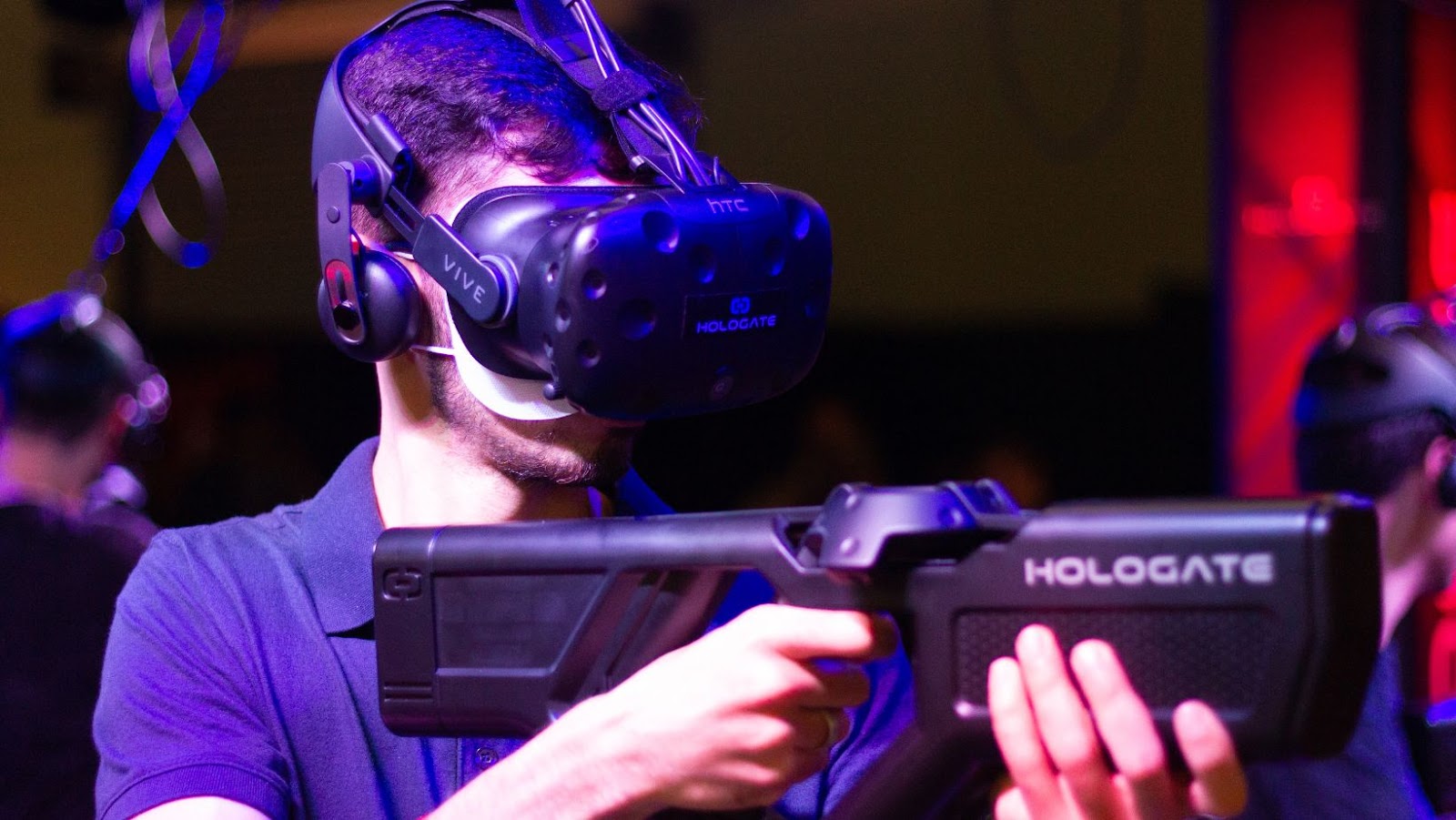 How Does Virtual Reality Headset Work
How Does Virtual Reality Headset Work
Virtual reality immerses users in a simulated environment, making them feel part of a digital world. VR headsets use stereoscopic displays to show two slightly different images, creating a sense of depth. Higher-resolution screens for each eye display these images, generating a more realistic experience.
How Does Virtual Reality Headset Work? Sensors track head movements, adjusting the visual display in real-time. This feature enhances immersion and ensures a fluid, seamless user experience. Gyroscopes, accelerometers, and magnetometers inside the headset capture these movements accurately.
VR systems rely on hardware and software integration. Graphics processing units (GPUs) render the complex imagery needed for VR, while algorithms correct for lens distortion and latency. HDMI or DisplayPort cables connect VR headsets to computers or gaming consoles, enabling high data transfer rates for smooth performance.
Popular VR headsets feature built-in audio, adding another layer to the immersive experience. These audio systems use spatial sound to mimic how audio behaves in the real world, enhancing realism.
Controllers and hand-tracking technology also contribute to the interactive aspect of VR. Users manipulate virtual objects, navigate digital environments, and engage with elements, merging physical actions with virtual reactions. This functionality is vital for various applications such as gaming, training simulations, and virtual tourism.
Given the significant advances in VR technology, users can experience increasingly sophisticated and engaging digital worlds.
 Key Components of a VR Headset
Key Components of a VR Headset
How Does Virtual Reality Headset Work? A VR headset consists of several essential components, each contributing to the overall immersive experience. Understanding these parts can reveal how the technology creates a realistic virtual environment.
The display is central to the VR headset. Most headsets use OLED or LCD screens, which offer high resolution and refresh rates. A higher resolution reduces the screen-door effect, where individual pixels become visible. Refresh rates above 90 Hz prevent motion sickness by providing smooth motion.
Lenses in VR headsets magnify and clarify the images from the display. They adjust the focus and field of view to enhance immersion. Fresnel lenses are common due to their lightweight and efficient design. Users can adjust the interpupillary distance (IPD) to match the distance between their eyes.
Motion trackers are crucial for an interactive VR experience. Sensors like gyroscopes, accelerometers, and magnetometers accurately track head movements. Some advanced headsets use external sensors or inside-out tracking with built-in cameras to map the user’s surroundings.
Controllers allow users to interact with the virtual environment. They come with buttons, touchpads, and motion sensors for intuitive control. High-end controllers also feature haptic feedback, providing tactile responses and enhancing realism. Hand-tracking technology is now integrated into many VR systems, enabling natural hand movements without controllers.
 How the Display Works
How the Display Works
How Does Virtual Reality Headset Work? Virtual reality headsets rely on advanced display technology to create immersive experiences. These displays present high-resolution images that adjust in real-time to user movements. VR headsets primarily use two types of displays: OLED and LCD. OLED (Organic Light-Emitting Diode) screens are favored for their deep blacks, vibrant colors, and higher contrast ratios. LCD (Liquid Crystal Display) screens offer advantages like lower power consumption and generally higher brightness levels. Some newer VR headsets incorporate hybrid displays that combine the strengths of both OLED and LCD.
The refresh rate and resolution significantly impact the VR experience quality. A higher refresh rate, typically 90Hz or more, ensures smoother motion and reduces motion sickness. For instance, Oculus Rift S offers a 80Hz refresh rate, while Valve Index provides 120Hz with an option to go up to 144Hz. High resolution, such as 2160 x 1200 pixels per eye in the HTC Vive Pro, enhances image clarity and reduces the screen-door effect, making virtual environments appear more realistic.
Virtual reality headsets have revolutionized how users interact with digital content, offering deeply immersive experiences across various applications. By leveraging advanced display technologies, precise motion tracking, and sophisticated audio systems, VR headsets create a seamless and engaging virtual environment. The integration of high-resolution screens, responsive sensors, and intuitive controllers ensures users can fully immerse themselves in these digital realms. As VR technology continues to evolve, it promises even more realistic and captivating experiences, transforming entertainment, education, and beyond.